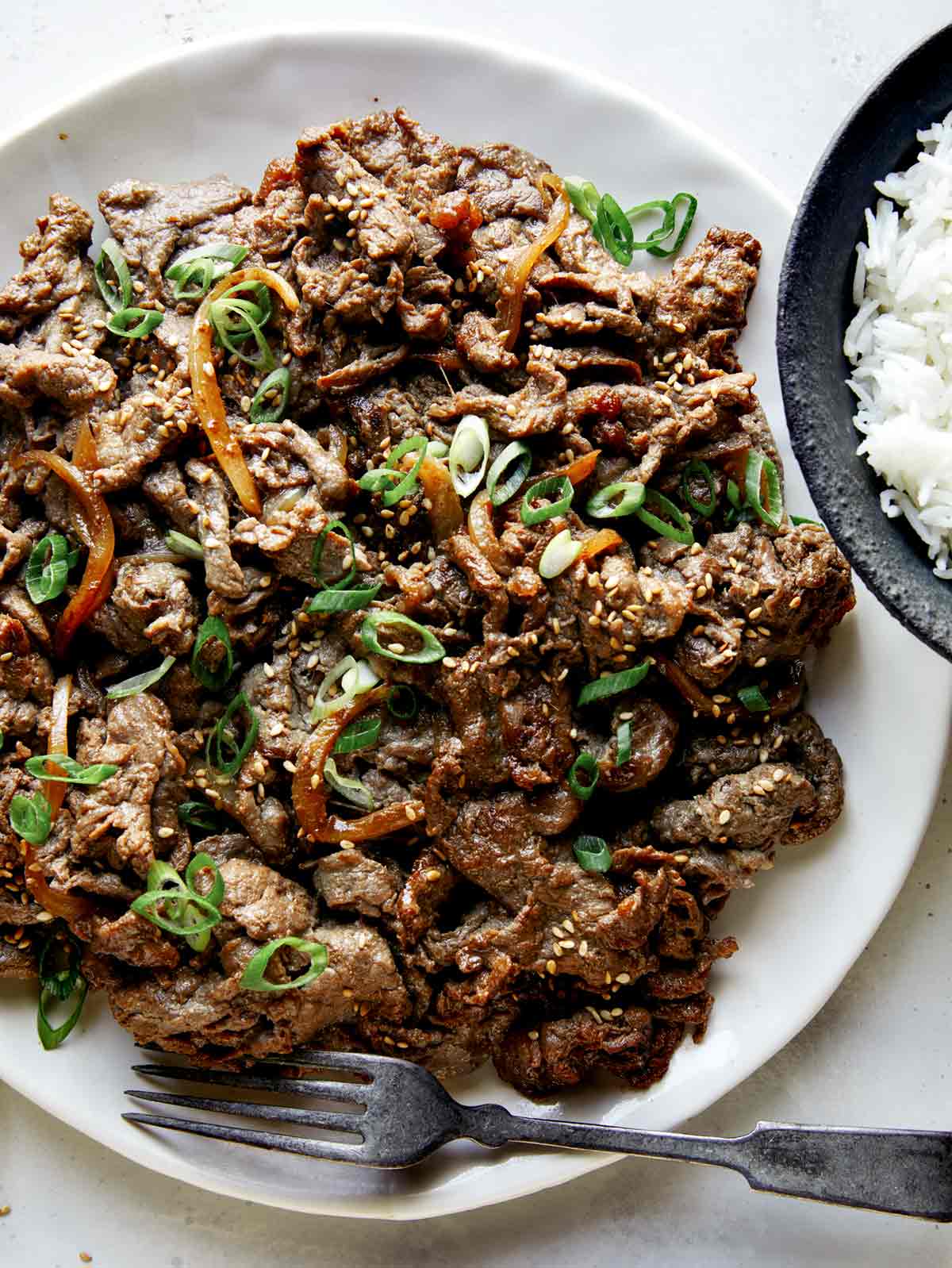Meat High Quality Grades Explained: What You Required to Know
From Ranch to Table: Fresh and Premium Meat Choices
The trip of meat from ranch to table envelops a complicated interplay of high quality, values, and sustainability. This shift not only boosts the dietary account of meat however likewise supports regional economic situations.
Understanding Meat Sourcing
As customers come to be increasingly familiar with the beginnings of their food, understanding meat sourcing has actually gotten vital importance. Meat sourcing entails mapping the trip of meat from ranch to table, encompassing various elements such as farming practices, animal welfare, and environmental impact. This recognition encourages customers to make educated selections that straighten with their worths, specifically pertaining to sustainability and honest considerations.
The sourcing of meat can differ considerably based on several standards, including the kind of animals, farming techniques, and geographical place. Grass-fed beef typically comes from pasture-based systems that advertise pet welfare and decrease environmental destruction. Conversely, traditional meat might include intensive farming practices that raise problems concerning antibiotic use and environment devastation.
Knowing the details farm or area where the meat stems aids customers make certain top quality and safety. Ultimately, understanding meat sourcing not only enhances consumer option but also cultivates liable intake and sustains honest farming methods.
Benefits of Fresh Meat
Choosing fresh meat supplies many advantages that expand past flavor and texture. Fresh meat generally maintains greater dietary value compared to its icy or processed counterparts. It is typically richer in essential vitamins and minerals, such as B vitamins, iron, and zinc, which are essential for keeping general health.
Furthermore, the sourcing of fresh meat typically involves much shorter supply chains, lowering the time between farm and table. This means that the meat is much less most likely to shed its nutritional stability during transportation and storage space. In addition, consumers can experience enhanced preference and juiciness, which can boost culinary experiences.
Fresh meat also provides a chance for consumers to support local farmers and promote sustainable agricultural techniques. When buying from regional sources, people can add to their neighborhood economy and cultivate a better connection to the food they take in.
Last but not least, fresh meat is typically devoid of the preservatives and additives frequently located in refined options. This makes it a cleaner, much healthier alternative for those looking to decrease their intake of synthetic components. In general, the advantages of choosing fresh meat encompass health and wellness, preference, and a feeling of community engagement.
Animal Welfare Standards
Guaranteeing high animal welfare criteria is important for both moral considerations and the high quality of meat items. The treatment of livestock directly affects not just the moral ramifications of meat production however also the total quality and safety and security of the end products. Animals increased in gentle problems are less stressed out, leading to healthier pets and, as a result, superior meat top quality.
Regulations and accreditations worrying animal well-being have ended up being significantly considerable in the meat industry. These frameworks make certain animals are supplied with adequate room, appropriate nutrition, and humane handling throughout their lives. Practices such as pasture-raised systems and free-range atmospheres add to far better pet welfare by allowing animals to exhibit natural habits, which is crucial for their health.
In addition, customers are coming to be a lot more discerning regarding the resources of their meat, leading to a growing demand for items that follow stringent animal well-being standards. This change not just promotes honest farming techniques however also encourages producers to embrace procedures that enhance the health and well-being of their pets. Meat. Ultimately, prioritizing pet welfare is not just an ethical imperative; it is also a path to generating premium-quality meat that meets consumer expectations

Sustainable Farming Practices
Lasting farming practices play a crucial role in boosting both pet welfare and the high quality of meat products. By implementing rotational grazing, farmers can advertise healthy pasture ecosystems, enabling animals to feed on nutrient-rich yards while stopping overgrazing.
Additionally, sustainable farming commonly incorporates integrated pest management and organic feed alternatives, reducing using damaging chemicals. This technique not only safeguards animal well-being yet likewise causes cleaner, more secure meat products for customers. Water conservation strategies, such as rain harvesting and effective watering systems, additionally add to sustainable methods, making certain that resources are used judiciously.
Moreover, fostering biodiversity via polyculture systems and protecting environments for wild animals enhances the strength of farming environments. By focusing on these sustainable approaches, farmers can generate high-grade meat that meets customer demand while promoting ecological equilibrium. Eventually, embracing lasting farming techniques is essential for developing a more responsible and resistant food system that profits pets, farmers, and consumers alike.
Picking Top Quality Over Amount
Regularly, customers are faced with the dilemma of selecting in between amount and quality when it concerns meat products. While acquiring bigger quantities might seem economically over here beneficial, the long-lasting advantages of picking top quality meat far outweigh the instant financial savings. Quality meat is commonly sourced from pets increased in sustainable settings, where they are offered appropriate nourishment and treatment, causing exceptional flavor and dietary value.
High-grade meats are normally devoid of harmful additives, hormones, and antibiotics that are usually existing in mass-produced alternatives (Meat). This not only makes sure a healthier eating experience but likewise sustains honest farming practices that prioritize pet welfare. In addition, costs meats tend to have a much better appearance and taste, enhancing the overall cooking experience
Buying top quality meat urges consumers to value smaller portions, enabling an extra conscious technique to consuming. This shift not only impacts personal wellness favorably yet likewise advertises lasting consumption patterns that can profit the environment. In final thought, prioritizing high quality over amount when choosing meat products fosters a like it more liable and health-conscious way of living, inevitably enriching both the eating experience and the world.
Final Thought
